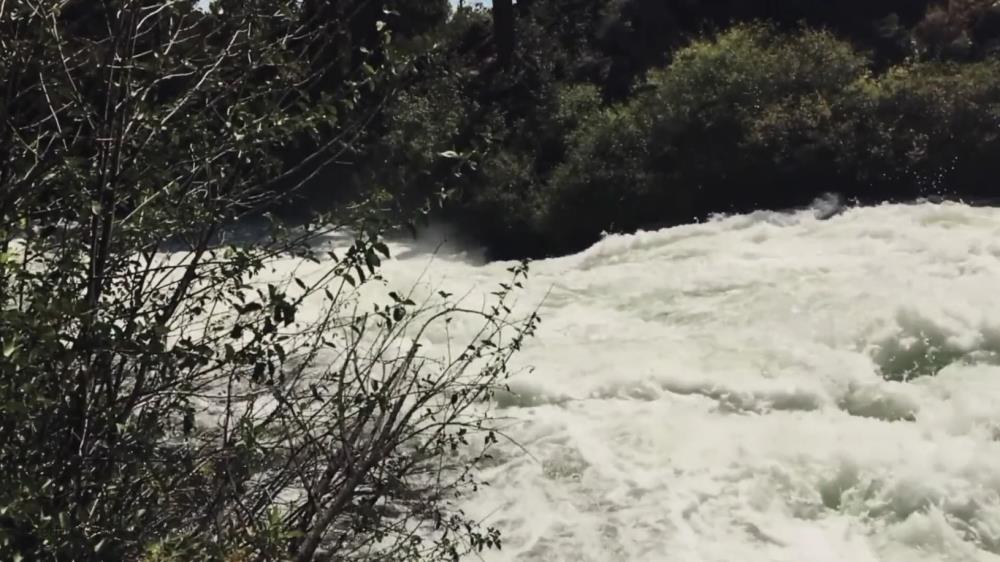
Related items loading ...
Section 1: Publication
Publication Type
Thesis
Authorship
Beamish, Laura
Title
Hydrogeologic Controls on Fall and Winter Baseflow in Mountain Watersheds
Year
2023
Publication Outlet
University of Calgary PRISM - Theses and Dissertations
DOI
ISBN
ISSN
Citation
Beamish, Laura (2023) Hydrogeologic Controls on Fall and Winter Baseflow in Mountain Watersheds, University of Calgary PRISM - Theses and Dissertations,
https://doi.org/10.11575/PRISM/42672
Abstract
Mountains supply essential water resources to downstream communities and ecosystems. Fall and winter baseflow in these watersheds is often sustained by groundwater discharge. To manage mountain water resources sustainably in a changing climate, it is necessary to advance our understanding of the alpine groundwater processes contributing to low flows at both the hillslope and watershed scales, and develop appropriate methods of representing alpine aquifers in hydrologic models. Two-dimensional numerical groundwater models of generic alpine landforms were used to investigate hillslope-scale hydrogeologic processes. The numerical models were used to evaluate competing conceptual models of “slow” groundwater processes that sustain fall and winter low flows in the Canadian Rocky Mountains, including drainage from bedrock depressions and drainage of fine sediment in layered landforms. Numerical models of hillslopes containing fine sediment were most consistent with field observations, and drainage from bedrock depressions generally made minor contributions to baseflow. Fine sediment layers were found to be highly effective at storing water and slowly releasing it to baseflow. Alpine hydrogeologic processes contributing to baseflow and their physiographic controls were also investigated at a regional scale. Recessions in long-term hydrometric records from 19 small- to medium-scale watersheds in the Canadian Rocky Mountains were analyzed, and fall and winter streamflow in most watersheds had two-part recessions. Recession rates in the watersheds were related to bedrock age, and modelling results supported the dominance of geology as a control on recession characteristics. Climatic factors were found to control the timing of the transition between the two parts of the recessions, in both the hydrometric records and the simulated hillslopes. Finally, groundwater modelling results were used to evaluate storage-discharge relationships as a method of representing alpine groundwater processes in regional-scale hydrologic models. Storage-discharge relationships were found to be highly hysteretic and were sensitive to geologic properties, such as sediment depth and hydraulic conductivity, that are impractical to characterize. These limitations reflect fundamental challenges in scientific hydrology, so practitioners should consider developing imperfect, fit-for-purpose predictive tools to support the sustainable management of mountain water resources.
Plain Language Summary


 GWFNet
GWFNet Master
Master Data
Data Research
Research Map
Map
 Advanced
Advanced Tools
Tools
 . . .
. . .
 Metadata Editor
Metadata Editor
 Record List
Record List
 Alias List Editor
Alias List Editor
 Legacy sites
Legacy sites